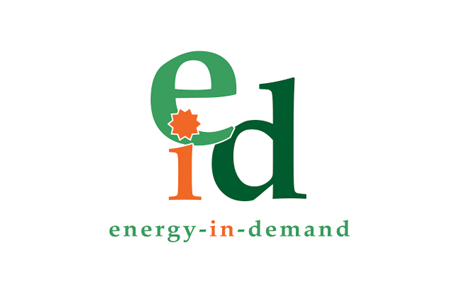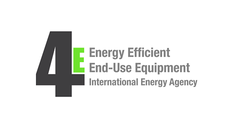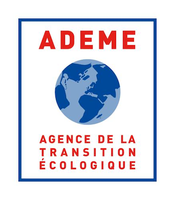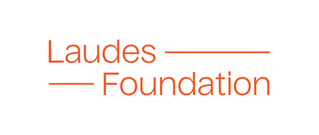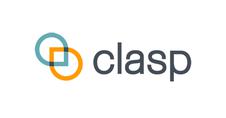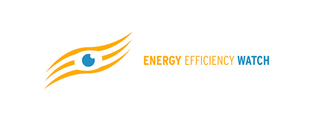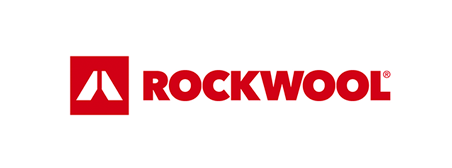Search eceee proceedings
Global assessment of appliance energy efficiency standards and labelling programmes achievements 2021
Panel: 4. Monitoring and evaluation for a wise, just and inclusive transition
Authors:
Peter Bennich, Swedish Energy Agency, Sweden
Mark Ellis, Energy Ellis
Lloyd Harrington, Energy Efficient Strategies
Paul Waide, Waide Strategic Efficiency
Fiona Brocklehurst, Ballarat Consulting
Melanie Slade, IEA
Kevin Lane, IEA
Abstract
Energy efficiency standards and labelling programmes have been cornerstones of many countries’ energy efficiency policy for several decades. Over 120 countries have implemented or are developing mandatory standards and labels for a range of appliances and equipment. This retrospective study draws on a global review of nearly 400 published reports, studies and papers covering more than 100 products – representing one of the most comprehensive datasets assembled on the topic to date.
It confirms that improvements to the energy efficiency of appliances and equipment are some of the lowest-cost options available today for reducing energy consumption and associated emissions, with typical society benefit/cost ratios of 4:1. Programmes that have been operating the longest, such as those in the United States and the European Union, are estimated to deliver annual reductions of around 15% of total current electricity consumption. These programmes provide net financial benefits to individuals and the community. Other benefits, including employment, product innovation, water savings, improvements in air quality and the reduction of public expenditure on health, add to the case for stronger standards and labels.
This study shows that EES&L programmes deliver large energy and cost savings, enabling the transition to a cleaner energy future. Evidence shows that EES&L programmes can deliver annual electricity demand savings on a par with the current annual production of renewable energy. Reflecting the increasing recognition of such benefits, EES&L programmes have continued to grow in quantity to a greater number of countries and in scope to include a wider range of appliances and equipment.
As products currently covered by these programmes replace the existing stock, the size of EES&L savings will grow naturally. By this process, even a 2% annual improvement in stock energy efficiency will result in almost a 50% reduction in energy consumed over a 30-year period.
For this to occur, policy makers must regularly update EES&L policies to keep them in step with technological improvements. This demands adequate resources to ensure due diligence, including industry consultation. As indicated by the benefit/cost ratios, governments can expect multiplicative returns on their investments in programme planning and delivery.
This assessment of the impacts of EES&L programmes are based on an examination of several hundreds of detailed programmatic evaluations across many countries. Further EES&L impact assessments that involve ‘normalising’ the results across different countries and programme types would be greatly improved if future programmatic evaluations were more uniform in both methodology and reporting.
In particular, we found that:
• The number of high-quality ex-post evaluations identified was rather limited, and these tended to be from those programmes that are longer running with good ongoing data collection strategies and a clear policy of undertaking ex-post evaluations.
• Many reports that appeared relevant could not be used for the more in-depth analysis because quantitative data was not reported at all or was only reported in a way that could not be converted into a form suitable for international benchmarking and comparisons.
• Few reports examined in any detail the issue of attribution of claimed energy savings. Attribution can be quite important where there are several programmes that overlap and/or where there is rapid technology change driven by factors unrelated to energy efficiency.
In order to address some of the issues raised about inconsistencies in programmatic evaluations, 4E is currently producing an ‘Evaluation Guidebook’. This is aimed at assisting those commissioning the future evaluation of EES&L programmes to encourage the consistent use of best practice and more transparency in the reporting of results.
Downloads
Download this presentation as pdf: 4-185-22_Bennich_pres.pdf
Panels of
1. Dynamics of consumption: less is more?
2. Efficiency and beyond: innovative energy demand policies
3. Policy, finance and governance
4. Monitoring and evaluation for a wise, just and inclusive transition
5. Towards sustainable and resilient communities
6. Energy-efficient and low-carbon mobility for all
7. Policies and programmes for better buildings
8. Innovations in products, systems and building technologies







